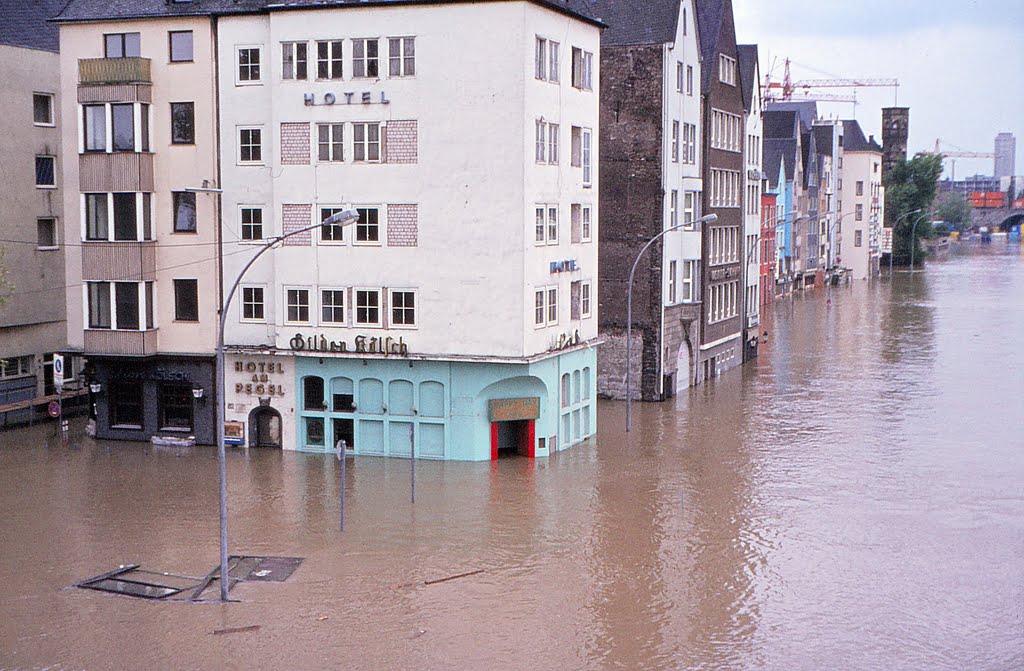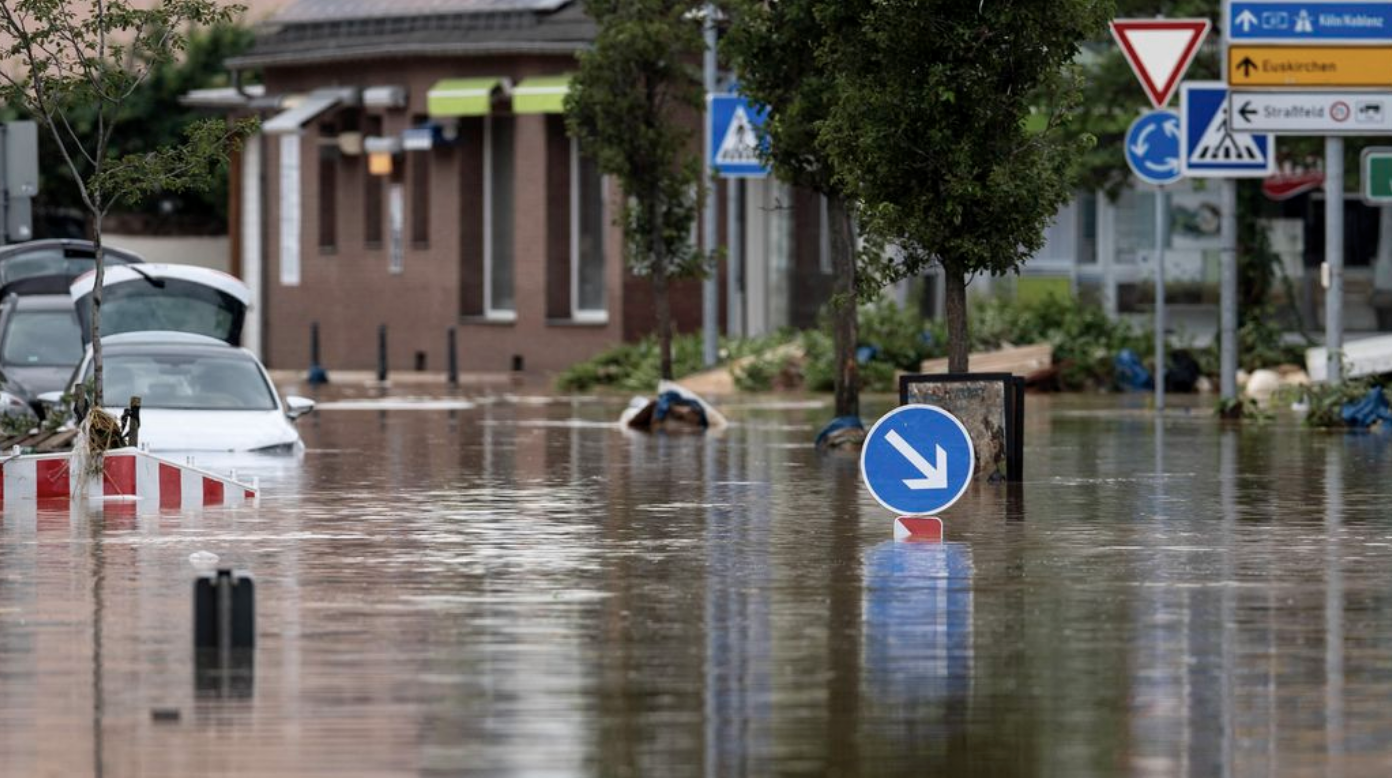



Cologne, the French version of the city's name, has become standard in English as well. Agrippina was later dropped (except in Latin), and Colonia became the name of the city in its own right, which developed into modern German as Köln. The cityscape is further shaped by the Twelve Romanesque churches of Cologne, and Cologne is famous for Eau de Cologne, that has been produced in the city since 1709, and "cologne" has since come to be a generic term.Ĭologne was founded and established in Germanic Ubii territory in the 1st century CE as the Roman Colonia Agrippina, hence its name. It was constructed to house the Shrine of the Three Kings and is a globally recognized landmark and one of the most visited sights and pilgrimage destinations in Europe. The city's medieval Catholic Cologne Cathedral ( Kölner Dom) is the third-tallest church and tallest cathedral in the world. Centered on the left (west) bank of the Rhine, Cologne is about 35 km (22 mi) southeast of NRW's state capital Düsseldorf and 25 km (16 mi) northwest of Bonn, the former capital of West Germany. Cologne ( / k ə ˈ l oʊ n/ ( listen) kə- LOHN German: Köln ( listen) Kölsch: Kölle ( listen)) is the largest city of the German western state of North Rhine-Westphalia (NRW) and the fourth-most populous city of Germany with 1.1 million inhabitants in the city proper and 3.6 million people in the urban region.


 0 kommentar(er)
0 kommentar(er)
